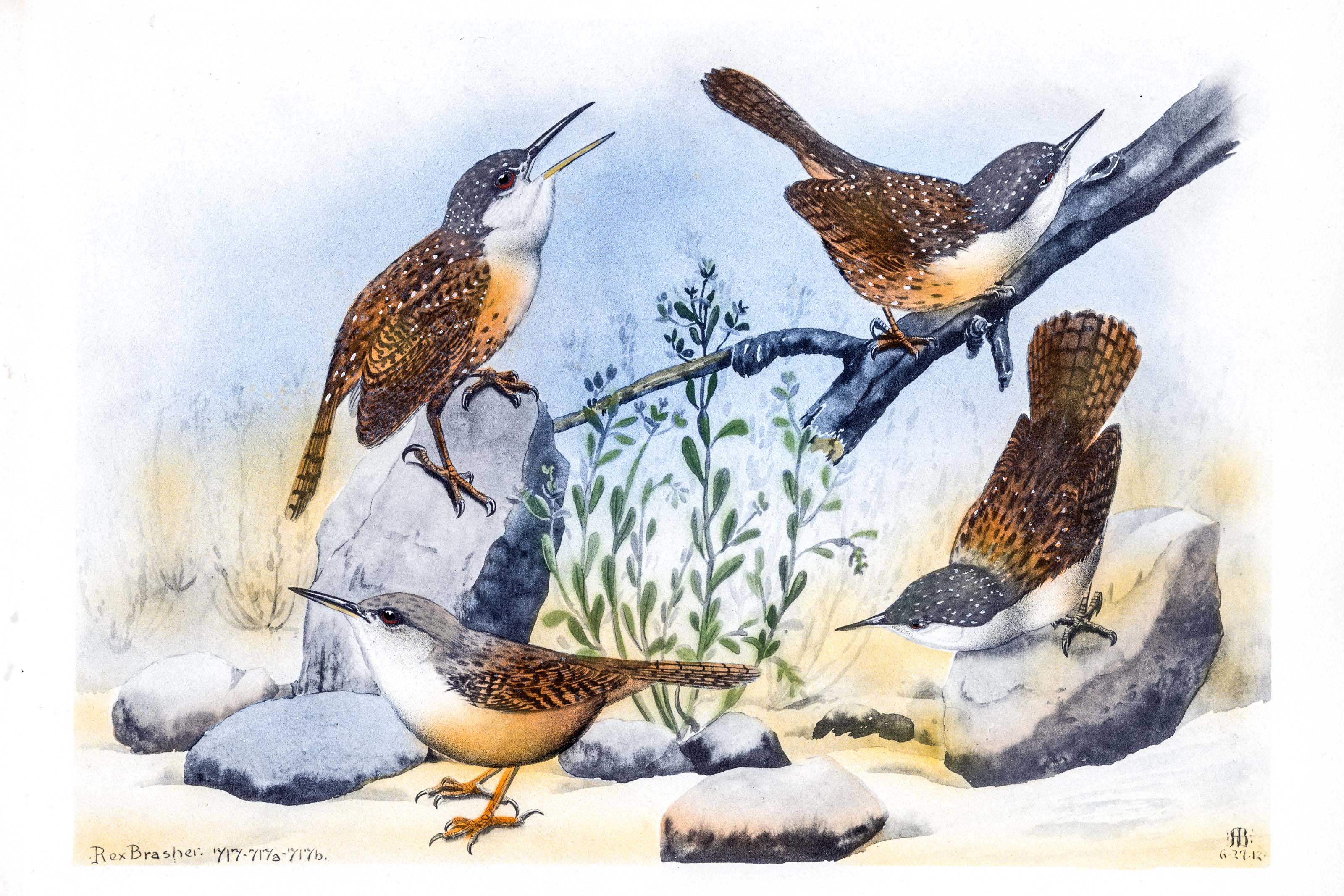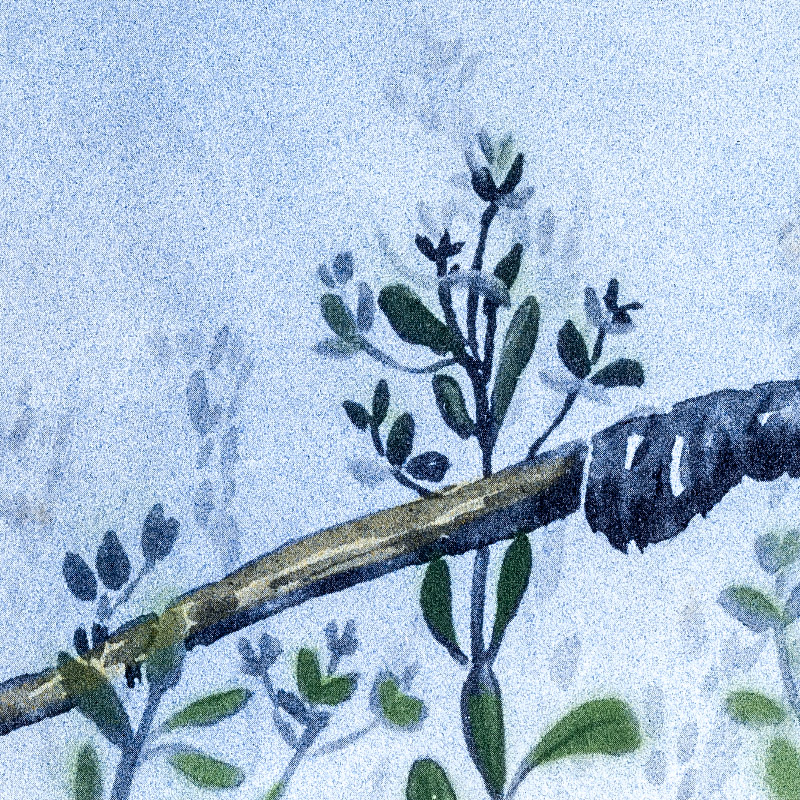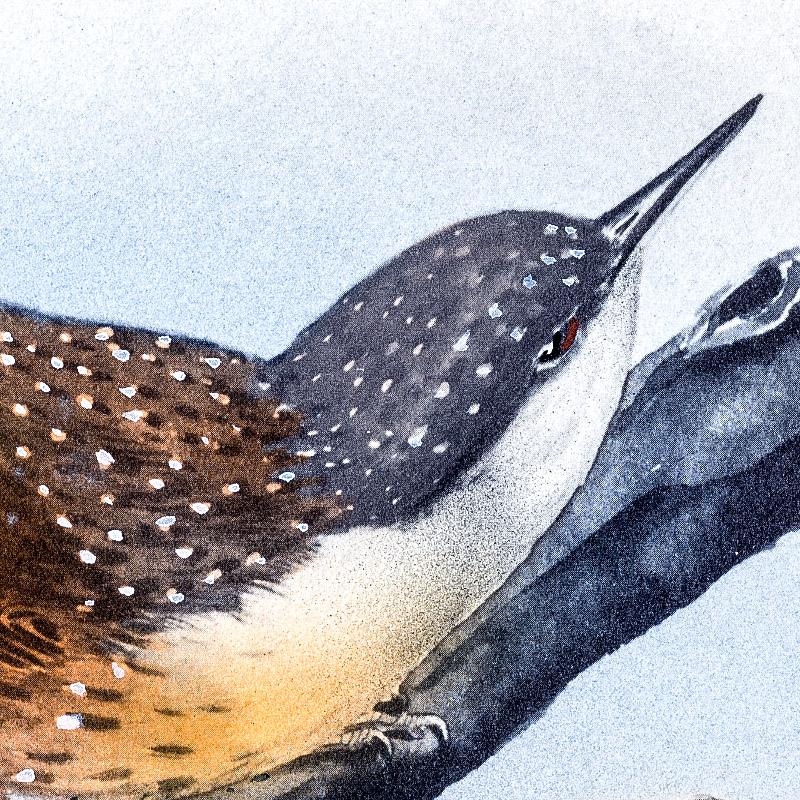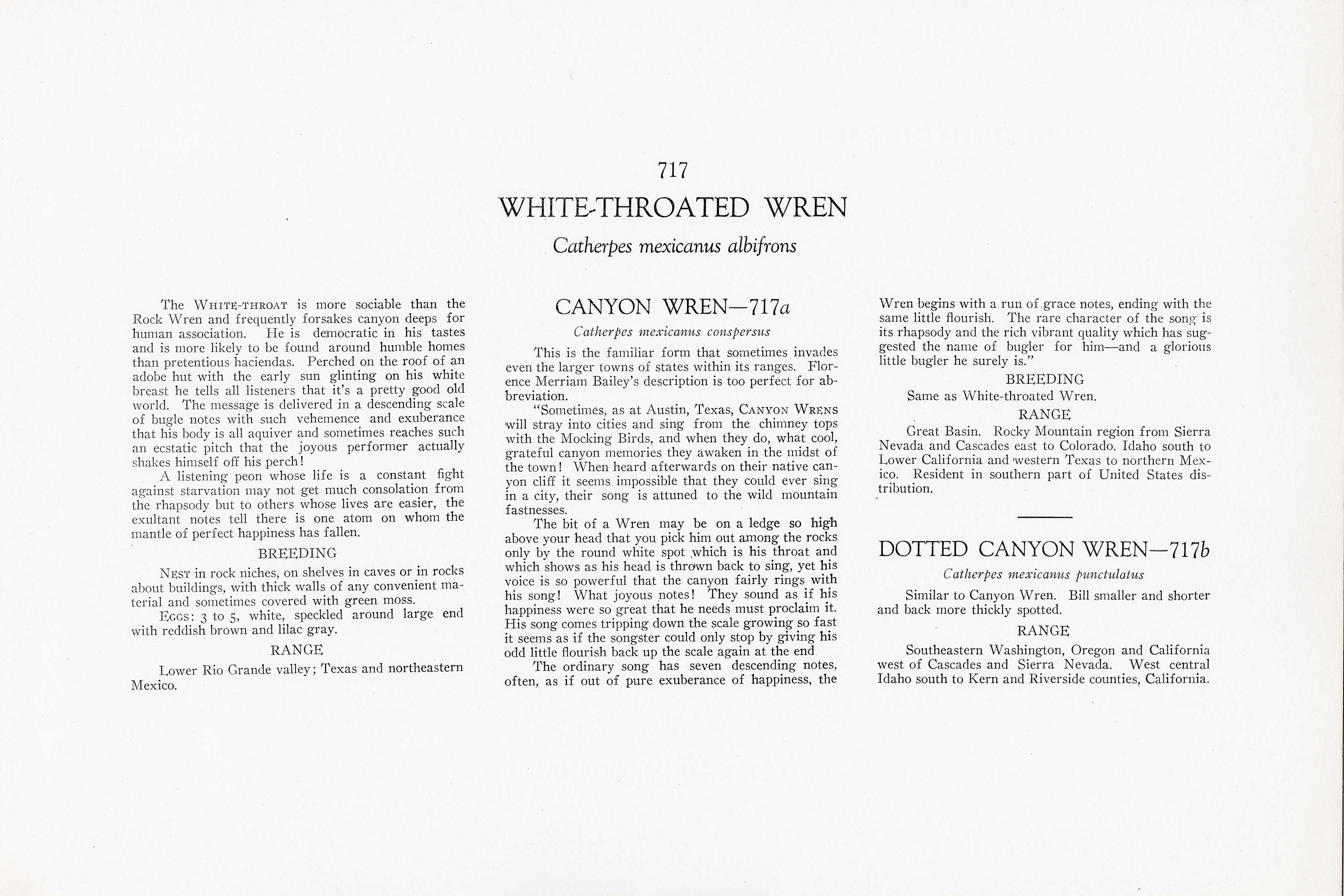






1912
1929
12
717-717a-717b
A team of dedicated board members, volunteers, and student interns has published every page in Volume 9. This volume includes 360 images of paintings and lyrical descriptions of birds, now available online for everyone to enjoy anywhere in the world. This is a monumental task. Each volume requires approximately 400 hours to photograph, edit, transcribe, catalog, and publish online. We need your support to complete this work.
If you're tech-savvy, have a good eye, are meticulous with details, and love structured data, please consider volunteering by emailing us at hello@rexbrasher.org.
We encourage all bird lovers and supporters to consider a monetary donation to support our mission to make Rex's work available for everyone. You can provide a one-time or recurring donation online.
The WHITE-TRHOAT is more sociable than the Rock Wren and frequently forsakes canyon deeps for human association. He is democratic in his tastes and is more likely to be found around humble homes than pretentious haciendas. Perched on the roof of an adobe hut with the early sun glinting on his white breast he tells all listeners that it's a pretty good old world. The message is delivered in a descending scale of bugle notes with such vehemence and exuberance that his body is all aquiver and sometimes reaches such an ecstatic pitch that the joyous performer actually shakes himself off his perch!
A listening peon whose life is a constant fight against starvation may not get much consolation from the rhapsody but to others whose lives are easier, the exultant notes tell there is one atom on whom the mantle of perfect happiness has fallen.
NEST: in rock niches, on shelves in caves or in rocks about buildings, with thick walls of any convenient material and sometimes covered with green moss.
EGGS: 3 to 5, white, speckled around large end with reddish brown and lilac gray.
Lower Rio Grande valley; Texas and northeastern Mexico.
This is the familiar form that sometimes invades even the larger towns of states within its ranges. Florence Merriam Bailey's description is too perfect for abbreviation.
"Sometimes, as at Austin, Texas, CANYON WRENS will stray into cities and sing from the chimney tops with the Mocking Birds, and when they do, what cool, grateful canyon memories they awaken in the midst of the town! When heard afterwards on their native canyon cliff it seems impossible that they could ever sing in a city, their song is attuned to the wild mountain fastnesses.
The bit of a Wren may be on a ledge so high above your head that you pick him out among the rocks only by the round white spot which is his throat and which shows as his head is thrown back to sing, yet his voice is so powerful that the canyon fairly rings with his song! What joyous notes! They sound as if his happiness were so great that he needs must proclaim it. His song comes tripping down the scale growing so fast it seems as if the songster could only stop by giving his odd little flourish back up the scale again at the end.
The ordinary song has seven descending notes, often, as if out of pure exuberance of happiness, the Wren begins with a run of grace notes, ending with the same little flourish. The rare character of the song is its rhapsody and the rich vibrant quality which has suggested the name of bugler for him — and a glorious little bugler he surely is."
Same as White-throated Wren.
Great Basin. Rocky Mountain region from Sierra Nevada and Cascades east to Colorado. Idaho south to Lower California and western Texas to northern Mexico. Resident in southern part of United States distribution.
Similar to Canyon Wren. Bill smaller and shorter and back more thickly spotted.
Southeastern Washington, Oregon and California west of Cascades and Sierra Nevada. West central Idaho south to Kern and Riverside counties, California.